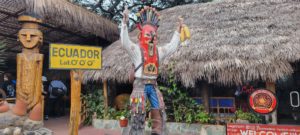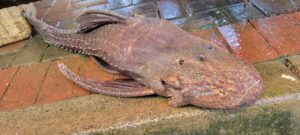Charles Darwin Foundation for the Galápagos Islands
Founded in 1959, the Charles Darwin Foundation for the Galápagos Islands is an international non-profit organization dedicated to scientific research for the conservation of the environment and biodiversity of the Galapagos archipelago.
Intiñan Solar Museum
San Antonio de Pichincha, Ecuador
Located nearly at the precise Equatorial line, the family-friendly Intiñan Museum is an entertaining and educational stop on the outskirts of Quito. Meander through the interactive exhibits that demonstrate the physical phenomena unique to this special geographical position, using scientific methods developed by the Inca and their modern counterparts and presented in a fun and interactive way.
Casa Agave Ecuador
It is a comprehensive project that has worked for the recovery of knowledge and enhancement of one of the oldest heritages of the equatorial inter-Andean valleys, the Agave culture, all its uses and derivatives.
Quito, Ecuador
Quito (Spanish pronunciation: [ˈkito] (![]() listen); Quechua: Kitu), formally San Francisco de Quito, is the capital of Ecuador, with an estimated population of 2.8 million in its urban area. It is also the capital of the province of Pichincha. Quito is located in a valley on the eastern slopes of Pichincha,[2] an active stratovolcano in the Andes, at an elevation of 2,850 m (9,350 ft), making it the second-highest capital city in the world.
listen); Quechua: Kitu), formally San Francisco de Quito, is the capital of Ecuador, with an estimated population of 2.8 million in its urban area. It is also the capital of the province of Pichincha. Quito is located in a valley on the eastern slopes of Pichincha,[2] an active stratovolcano in the Andes, at an elevation of 2,850 m (9,350 ft), making it the second-highest capital city in the world.
Coca, Ecuador

Though not a key destination in itself, Coca is no longer just a charmless transport hub. An attractive little park adorns the center, and a pretty malecón (waterfront) runs along the riverfront, anchored by the excellent Museo Arqueológico Centro Cultural de Orellana (MACCO) that opened in 2016. A stunning suspension bridge now spans the Napo, taking traffic bound down Via Auca towards Tiguino (another starting point for rainforest forays).